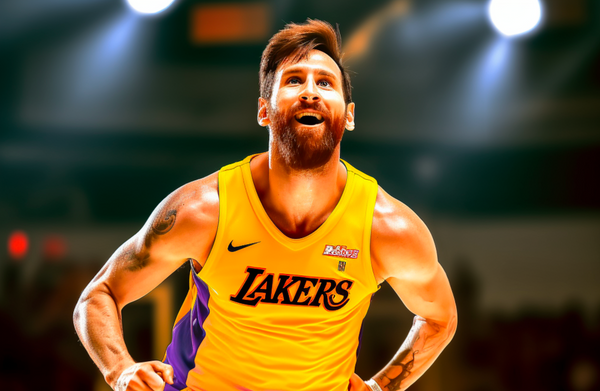Sponsorship Trends in a Changing Sports Landscape

Sponsorship trends in sports have evolved rapidly in recent years, with brands seeking innovative ways to engage with fans and athletes. The global sports sponsorship market is expected to grow from $60.09 billion in 2022 to $63.74 billion in 2023[8]. This growth is driven by various factors, including the increasing number of sports events, the rise of women's sports, and the integration of technology and digital platforms.
👀 Key Takeaways
- Sports sponsorship spending increased by 12% in 2022[2].
- The financial sector led sponsorship spending for the fourth consecutive year[2].
- Brands' sponsorship of female athletes grew by 20% in 2022[6].
- NFTs are becoming popular in sports sponsorships[1].
- Crypto sponsorships did not have the expected impact on the industry[3].
🔍 Market Trends
- Omnichannel broadcasting is becoming more prevalent in sports sponsorships[1].
- Women's sports, such as soccer and rugby, are gaining more attention and sponsorships[1].
- Brands are becoming more selective about their sponsorship deals[2].
- Sponsorship activations are transitioning from raising brand awareness to converting consumers into customers[7].
- Social media platforms, especially TikTok, are playing a significant role in sports sponsorships[6].
🏆 Top Businesses
- Adidas: A leading sportswear brand that actively sponsors various sports teams, events, and athletes[5].
- Nike Inc.: Another major sportswear brand with a strong presence in sports sponsorships[5].
- Pepsi Co.: A global food and beverage company that has been involved in numerous sports sponsorships[5].
🧩 What If Scenarios
- What if more sports organizations adopt NFTs as a way to engage fans and generate revenue?
- What if the rise of women's sports leads to a significant shift in sponsorship spending towards female athletes and teams?
- What if the integration of technology and data analytics in sports sponsorships leads to more personalized and targeted marketing campaigns?
💡 Idea Generation
- Leverage virtual and augmented reality technologies to create immersive sponsorship experiences for fans.
- Develop data-driven sponsorship strategies to maximize return on investment and brand exposure.
- Collaborate with influencers and content creators on social media platforms to expand the reach of sports sponsorships.
- Explore opportunities in emerging sports, such as esports and drone racing, to tap into new audiences and markets.
- Utilize sustainability and social responsibility initiatives as part of sports sponsorship strategies to appeal to environmentally conscious consumers.
🔮 Future Impact
- The growing popularity of women's sports will continue to drive sponsorship spending in this area.
- Technology and data analytics will play a more significant role in shaping sponsorship strategies and measuring their effectiveness.
- The use of NFTs and other digital assets in sports sponsorships will continue to grow, providing new revenue streams for sports organizations.
- The increasing importance of social media platforms in sports sponsorships will lead to more creative and engaging content for fans.





